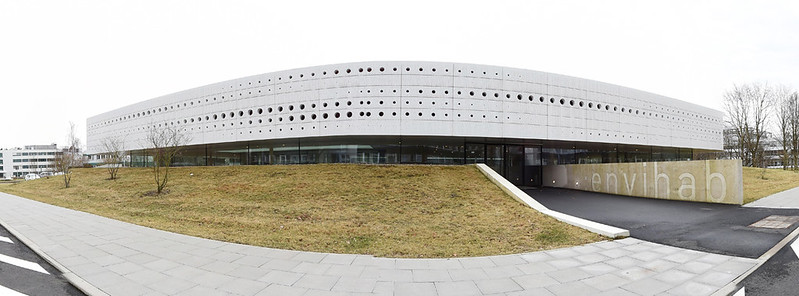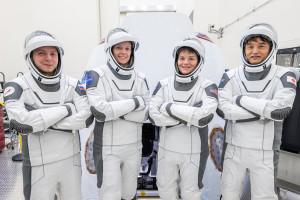Mission Overview
- Location: Cologne, Germany
- Environment: Bed Rest Study
- Hazards Tested: Gravity
- Current Research: NASA, the German Space Agency (DLR) and the European Space Agency (ESA) completed a two-part collaborative 60-day study titled AGBRESA (Artificial Gravity Bed Rest – European Space Agency) at the :envihab facility. The study began on March 26, 2019 and concluded on Dec.23, 2019. Periodic data collection will continue on the 24 participants for up to two years.
- The aim of the study is to determine the effects and effectiveness of short-duration continuous and intermittent centrifugation (or spinning) as a countermeasure to the negative effects of microgravity. The study focuses on the human physiological, neurological, and behavioral outcomes of spaceflight.
- Facility Description: :envihab (from the words ‘Environment’ and ‘Habitat’) is a state of the art research facility operated by the Institute for Aerospace Medicine at the German Space Agency (DLR). Of all the potential challenges astronauts encounter in the space environment, microgravity has proven to be one of the most difficult to mimic in an experimental setting. NASA researchers and engineers are studying bed rest as an experimental analog for space flight because extended exposure to a head-down tilt position can duplicate many of the effects of a low-gravity environment.
- Research: Studies suitable for this analog include musculoskeletal, cardiovascular deconditioning and psychological effects of long-term confinement to a reduced gravity environment.
- Past Research – VaPER: The VaPER Study concluded in Nov. 2017. Data from this study is currently being analyzed. To further study the effects of pressure on astronauts’ eyes and optic nerve in space, 11 volunteers spent 30 days in bed with a head-down tilt of six-degrees. The atmosphere in their rooms was set to 0.5% carbon dioxide. Head-down tilt bed rest combined with increased carbon dioxide mimicked the environment on the International Space Station that is thought to be the cause of vision problems for astronauts.






























